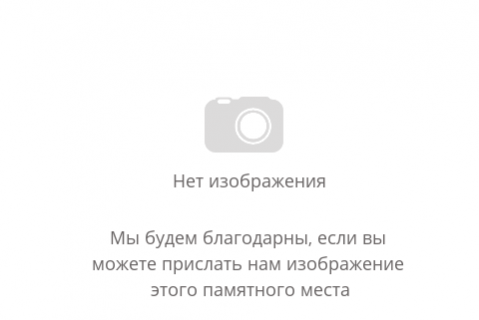The Lower Lyamomoz (Lyampomoz) special settlement was created in 1940 to hold Polish citizens deported from territory taken over by the USSR in 1939. The deportees were mainly engaged in the timber industry and in growing potatoes.
The graveyard was in coniferous forest not far from the settlement. Those who died were buried according to Catholic rites in individual graves. The numbers of deaths in not known; old inhabitants remember that about 20 were buried there; two names are known. The graveyard was abandoned in the mid-1940s.
In 2001 the territory of the settlement and the graveyard were studied by pupils of the Obyavchevo middle school on a local history expedition.
The Memorial online database (2025) lists 129,473 victims in the Komi Republic. (See Nizhny Chov.)
Among them were over 64,000 deportees sent to or born in the Republic. During collectivisation (1929-35) they numbered 20,366, a quarter of whom were aged 1-10. In 1940 there was a massive influx from occupied Polish territory (19,367). More, mainly Germans (5,970) were sent there in the 1940s and 1950s (6,699).
The database lists families and individuals (total 332) deported to Lyapomoz in 1940.
| Date | Nature of ceremonies | Organiser or responsible person | Participants | Frequency |
|---|---|---|---|---|
|
nk
|
Commemorative Services
|
nk
|
nk
|
From time to time
|
| State of burials | Area | Boundaries |
|---|---|---|
|
about 20 grave mounds have survived
|
100 х 100 metres
|
not delineated
|
[ Original texts & hyperlinks ]
L.A. Maximova, V.A. Zhigalova, “Polish exiles in the Priluzsky district of the Komi ASSR”, Hard Labour and Exile in the Russian North, Arkhangelsk, 2004
*
Reply from the Priluzsky district administration (№ 01/13-3972 of 10 July 2014) to a formal enquiry by RIC Memorial (St Petersburg)

